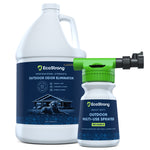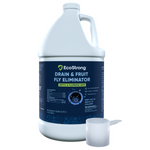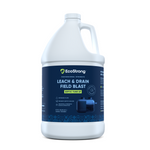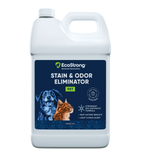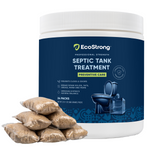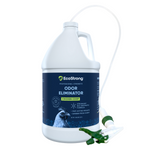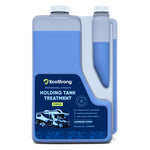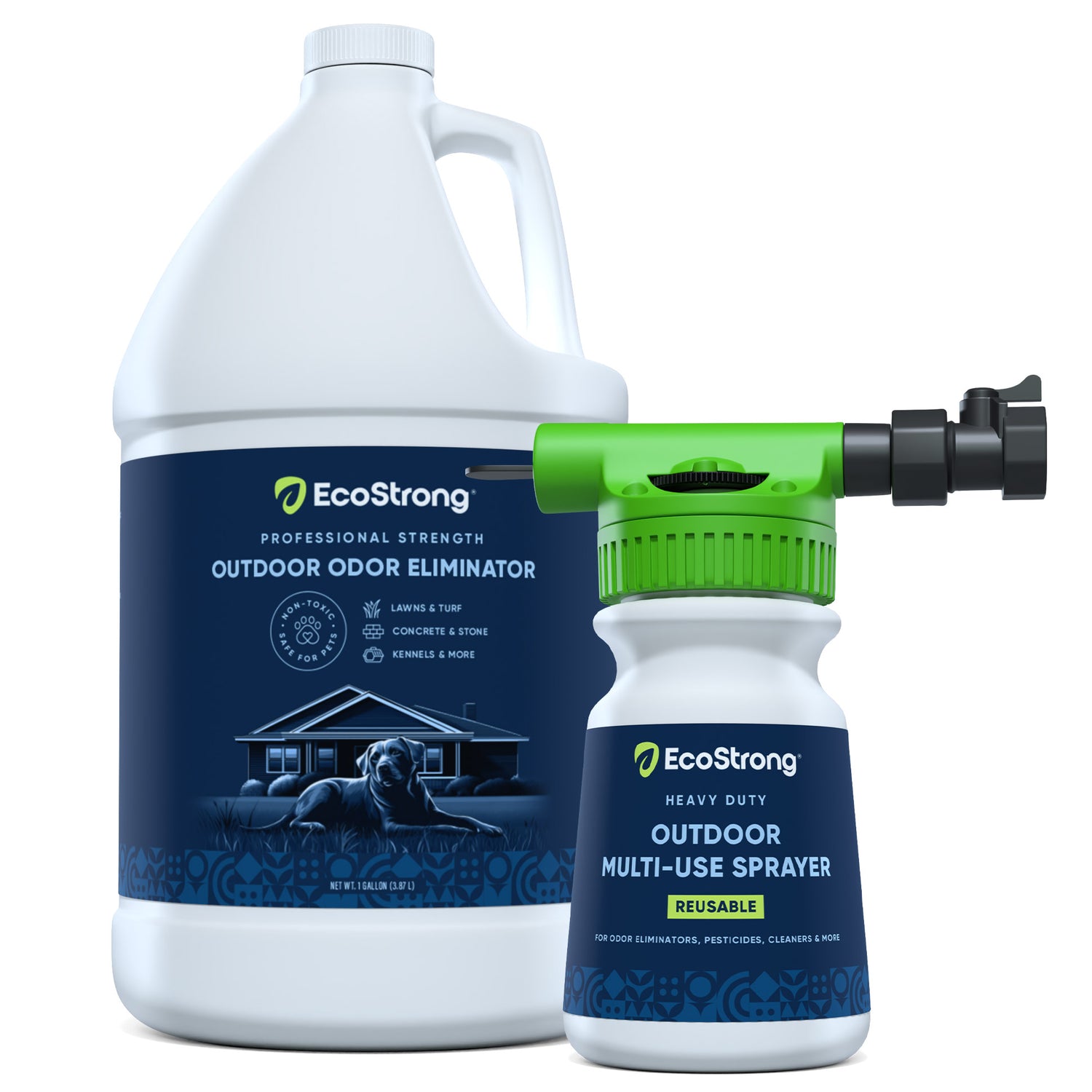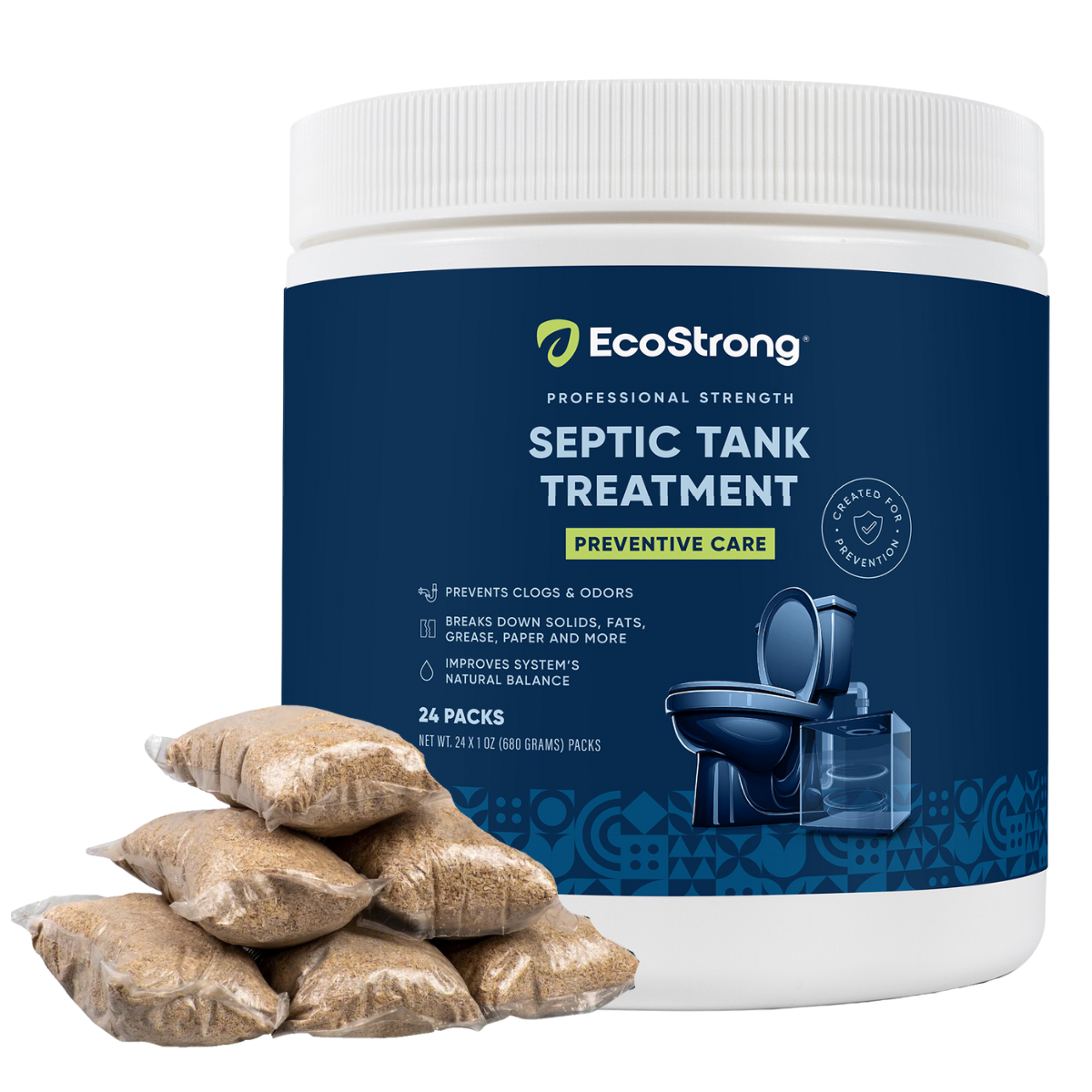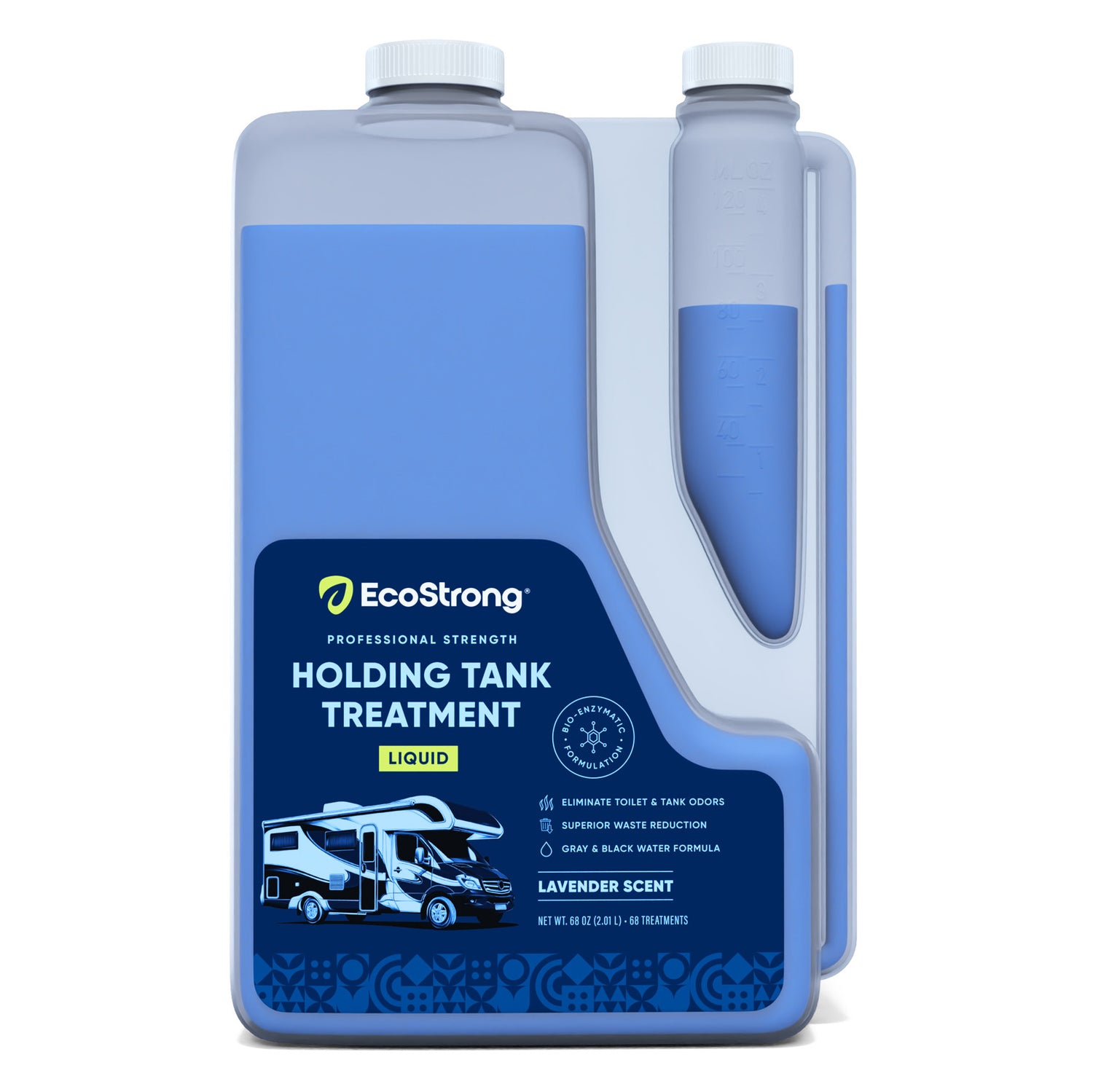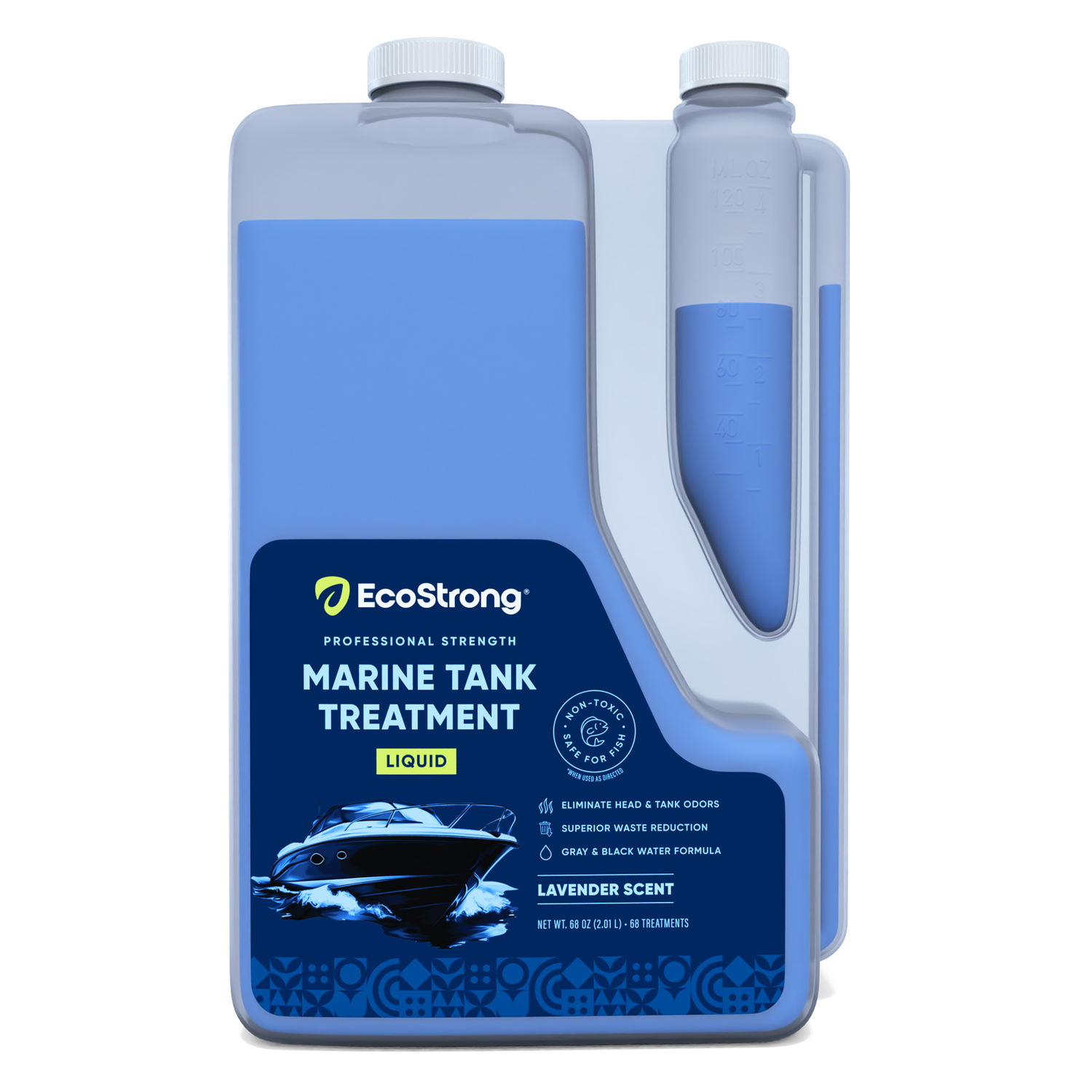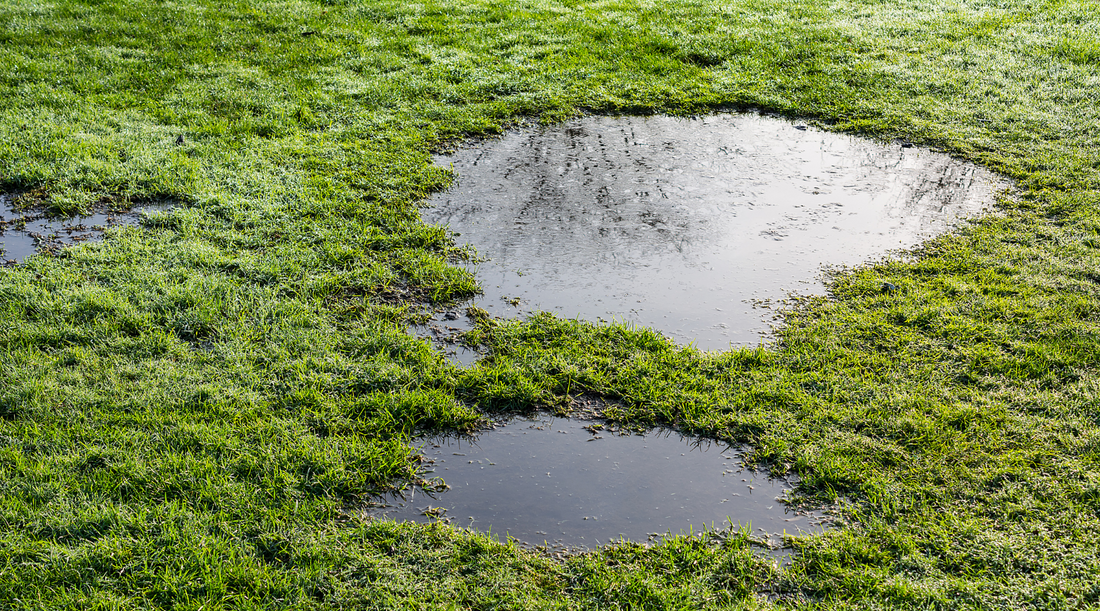In this article, we’ll look at the most common causes of a saturated leach field and what you can do to fix it.
A septic leach field, or drain field, is a critical component of every septic system. Wastewater from the septic tanks flow through the drain line and seeps into the soil, where it is naturally cleaned and returned to mother nature.
However, over time issues in the leach bed can occur causing problems for the existing drain field. One of these issues is wet grass or pooling above your drain field. A saturated leach field can in turn lead to foul septic odors, slow draining in your home and eventually a backup.
Understanding Leach Fields
The Consequences of a Clogged Leach Field
A blocked leach field can backup your entire system. It can also cause a health hazard, as raw sewage can backup into your home. In some cases, sewage leakage can seep into the ground and cause groundwater contamination. The last thing anyone wants to see is the local health department in their back yard!
What Causes Water to Pool on a Leach Field?
Most people start by looking in their septic tank, but the problem is actually in the leach field. The septic system is designed to handle both solid and liquid wastes, but excessive amounts and heavy rain can overwhelm the field and lead to saturation.
If you haven’t had a recent spike in usage and you are experiencing pooling, then you may be dealing with a biomat build up in your leach field. Biomat is a slimy build up of organic materials that makes it harder for liquid waste water to drain through the leach field into the ground.
This biomat acts as a barrier between the wastewater and the soil below leaving no place for the water to go. If the water can't go down, it goes up and pools on your lawn.


Identifying if Biomati is Causing Your Saturated Leach Field
There are several telltale signs of biomat. These include:
- Puddles of water in the yard above the leaching field
- Slow draining toilets, sinks and Septic odors near the leaching field, septic tank or inside the house
- Gurgling sounds from toilets and drains
- Greener and taller grass around the leaching bed
-
Foul odors of sewage or rotten eggs inside our in your yard
- Water back flowing from your leach lines when you empty your septic tank
How to Fix a Saturated Leach Field
You have a few different options when it comes to getting rid of biomat and getting your drain field to flow again. These solutions scale in cost and invasiveness. When fixing a failing septic system, we like to imagine an escalation ladder. Each solution gets more costly as we move up the escalation ladder. Start at option 1, then move your way up.
1st Option - Add A LOT of Bacteria and Enzymes to the field:
($150 - $500) Organic matter including biomat can be broken down and digested by bacteria. Adding the right types and quantity of bacteria and enzymes can eliminate biomat and open the drain field back up. This is the option that we will focus on in this article.
2nd Option - Have the Lines Scoped:
($500 - $1000) A septic contractor or even a plumber will put a camera down your leach lines to get a better picture of what is going on. This can help better inform your next steps.
3rd Option - Have the Lines Jetted:
($750 - $2,000) This is a process where pressurized air and water is blown inside of the leach lines to try and dislodge organic buildup slowing down the draining. This process can break or explode the lines leading to bigger problems.
4th Option - Have the Field Fracked:
($1,500 - $3,000) This is a process where a machine drills holes above the leach field and injects air and bacteria into the soil. The idea is to mechanically break up the biomat, then deliver the bacteria directly into the ground. This is going to wreck your grass but can restore flow without replacing the system.
5th Option - Replace Septic Leach Field:
How Does Anaerobic Bacteria Affect Biomat?
As mentioned earlier, a biomat or biofilm is a layer of organic matter, created from tiny bits of solid waste, that forms on the bottom of a leach field bed. It acts as a barrier between the liquid wastewater and the soil creating a clogged leach field. Over time, the biomat can become too thick, making it difficult for water to pass through.
The good news is that this issue can be addressed with biological additives.
Using Bacteria and Enzymes (biologic additives) to Fix a Saturated Leach Field


Choosing the Right Bacteria and Enzyme Additive
When choosing biologic additives to fix a saturated leaching field, it's important to choose one that's specifically designed for breaking down biomat. Most septic additives are great for the maintenance of your septic system and will not be powerful enough to break down the biomat in the leaching bed.
You should look for a product that contains a VERY high concentration of facultative bacteria (anaerobic bacteria and aerobic bacteria) plus a mix of enzymes, as this will help to break down the biomat more effectively.

EcoStrong's Septic Liberator shock treatment is designed for the specific purpose of removing leach field saturation. It contains billions of microbes per gram and 7 different strains of enzymes making it one of the most powerful biologic additives availalbe.
How to Use Bacteria and Enzymes to Fix a Saturated Leach Field
- Pour the treatment (usually a liquid or powder mixed in water) into a the plumbing system. This can be through toilet a connected to the leach field, directly into the inspection port on the septic tank or into the distribution box if accessible. The closer to the field, the better.
- Wait for the bacteria and enzymes to do their work. This can take several days, weeks, or even months depending on the size of the leach field and the extent of the biomat buildup. Do not use chemicals like bleach or anti-microbial soap as this will kill the helpful bacteria eating the biomat.
- Check the leach field regularly to monitor its progress.
Every septic system is different. Commercial septic systems with a large septic tank will take longer to fix than residential system with 2 people for example. In some cases, multiple treatments may be needed over the span of several weeks to months.
Preventing Future Septic Problems
- Pumping the septic tank regularly to prevent solid buildup. (every 1 to 2 years)
- Using biological additives to promote healthy bacterial growth preventing biomat buildup
- Avoiding the use of harsh chemicals and detergents that can harm an aerobic septic system
- Keeping the drain field clear of debris and vegetation to prevent root build up in the drain field
- Avoiding heavy traffic and construction over the drain field as this could collapse a drain line
- Regularly inspecting the septic tank for signs of damage or wear
Cost Considerations
Conclusion
A saturated leach field can be a serious problem for septic systems, but it can be fixed in most cases. By using the right biological additives, you can break down the biomat and restore the flow of water through the leach field fixing the entire septic system. Just make sure to choose a high-quality product and follow the instructions carefully.
We recommend EcoStrong's Septic Liberator shock treatment. You can contact us on 1 800 677 0517 or send us an email at info@ecostrong.com to find out if Septic Liberator is right for your leach field. We hope this has answered your question of how to fix a saturated leach field.
Frequently Asked Questions
Q: How long does it take for bacteria and enzymes to restore flow to a leach field?
A: Every system is different. It may take a couple of weeks to a month depending on the severity of the issue. The most extreme issues may take several months and require multiple treatments.
Q: Can heavy rain saturate a leach field?
A: Yes. Just like a wet sponge can absorb water, an already wet drain field will struggle too. Add biomat into the mix and you have the recipe for a backup.
Q: Will bacteria and enzymes still work in the cold?
A: Yes, but they will work slower. A septic system should never freeze because the biological activity created heat. But like food in a fridge, cold temperatures slow down biologic reactions.
Q: Can you use different types or brands of bacteria products at the same time?
A: In most cases yes. Most septic bacteria additives can be used together.
Q: What is the difference between a leach field and a drain field?
A: They are the same thing, it’s just different terminology.
Q: When should I replace the septic drain field?
A: It may be time to replace the field if flow has completely stopped, if the leach lines have broken or the system was installed incorrectly.
Q: What is the difference between bacteria and enzymes?
A: Imagine enzymes and the knives and bacteria as the mouths. Enzymes
Q: How much does it cost to replace a septic drain field?
A: The price ranges anywhere from $5,000 to $30,000.


